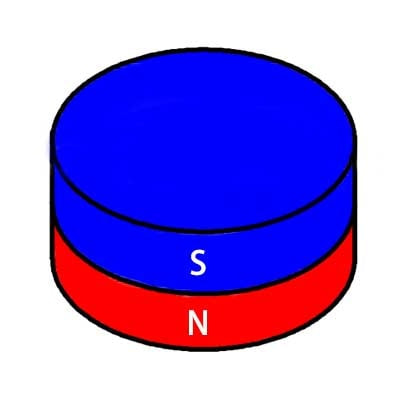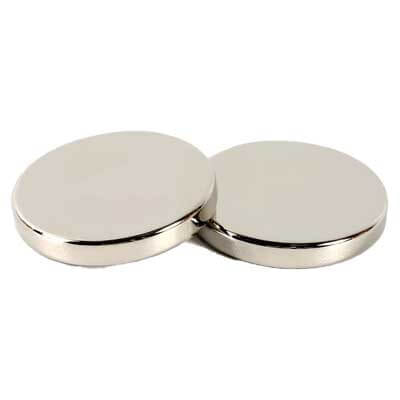Product Details
Features:
-
It devides a magnetic material into multiple alternating magnetic poles (north & south) along its circumference or surface, it creates a series of distinct magnetic regions, each with its own magnetic polarity(2-pole, 8-pole, etc). This arrangement can be achieved through advanced magnetization techniques.
Key application:
-
Automotive Industry, Robotics, Consumer electronics, Scientific research(particle accelerators), Medical devices, Loudspeakers and audio equipment, Magnetic Couplings(pumps, mixers), Magnetic sensors and encoders(automotive speed sensors, magnetic scales), Brushless DC (BLDC) motors, etc
Advantages:
-
Enhanced Resolution and Precision The presence of multiple poles allows for finer angular or spatial resolution, making multi-pole magnets ideal for applications requiring precise positioning, such as in encoders, resolvers, and stepper motors. Improved Torque Characteristics In motors and actuators, multi-pole magnetization increases the number of torque-producing cycles per revolution, leading to smoother operation, higher torque density, and reduced torque ripple. Compact and Lightweight Design By leveraging the magnetic field's spatial distribution, multi-pole magnets can achieve high performance in smaller packages, enabling the development of lighter, more energy-efficient devices. Customizable Pole Patterns The ability to tailor the number, width, and strength of magnetic poles allows for optimization of magnetic performance to suit specific application requirements, offering greater design flexibility. Reduced Cogging and Vibration In rotating machinery, multi-pole configurations minimize cogging effects and mechanical vibrations, resulting in quieter operation and extended equipment lifespan. Enhanced Magnetic Coupling Multi-pole magnets can improve the efficiency of magnetic couplings and clutches by providing more effective magnetic flux paths and stronger attractive/repulsive forces.
Send Inquiry to Us
Free Samples

Item in Stock

Quick delivery in sample order, Free Samples are available any time, any where

For specified quantities of neodymium magnets and certain discount requirement of price (up to 50% off)

Please contact our team for more information
Service Guarantee
 Customized is available
Customized is available T/T or L/C accepted
T/T or L/C accepted EXW/FOB/CIF/DDU first
EXW/FOB/CIF/DDU first 24 hours customer services
24 hours customer services Offer free magnetic solution
Offer free magnetic solution Quality guaranteed
Quality guaranteed 3~20 days lead time
3~20 days lead time Free samples provided
Free samples provided 100% secured online ordering
100% secured online ordering



